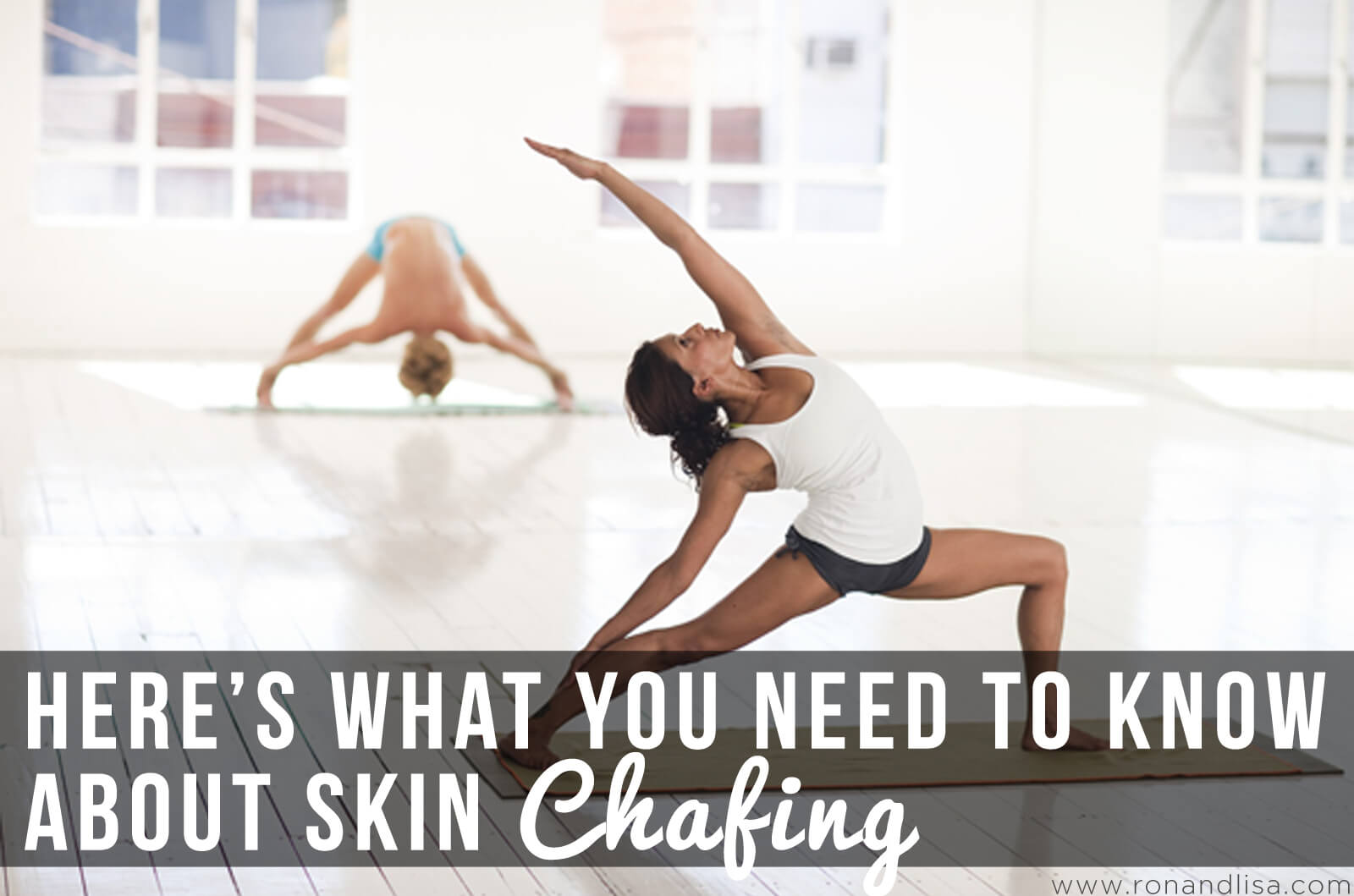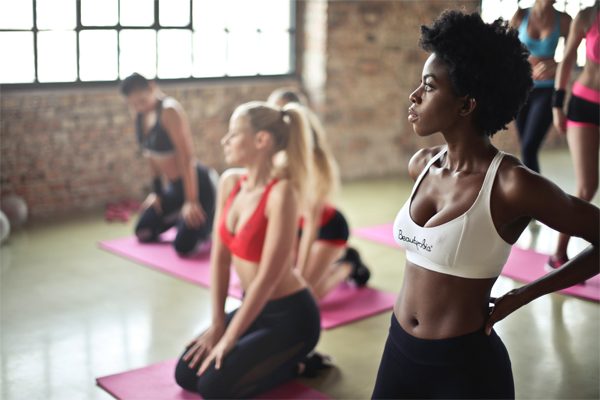
Skin chafing is an ailment that affects millions of people worldwide, every day. However, chafing is also something that people know surprisingly little about. Excessive chafing can be experienced by the likes of athletes and those who are overweight. If you’re keen on walking as a form of exercise, then there’s a significant chance that you’ve also been prone to skin chafing. Hence, it’s worth noting just exactly what chafing is and what you can do to prevent it.
What Is Skin Chafing?
Chafing is an irritation of the skin that typically affects the upper thighs; however, it’s also been known to affect the groin, underarms, feet and around the nipple region. It’s often a painful result of skin rubbing together constantly or against a tight fabric. Chafing can also be made worse by excessive exercising, pressure or sweat and is exacerbated by heat and humidity. If left untreated, chafing can eventually cause burning, blisters, and raw skin in the affected areas. Being proactive is crucial, and the benefits of a healthy lifestyle should not be overlooked.
How to Treat Skin Chafing
As skin chafing can worsen over time, it’s essential to seek treatment as soon as possible; fortunately, there are relatively easy ways to remedy it.
1.) Just clean and dry the affected area thoroughly before applying a natural substance like baking soda or cornstarch and aloe Vera gel.
2.) If the area is painful or bleeding, consult with a medical professional. Follow suit also if the area is relatively swollen or crusted.
It’s worth noting that you should give allow your skin ample time to heal before becoming physically active again. This means that you should take a break from vigorous exercise and excessive walking or jogging.
How to Prevent Skin Chafing

Skin chafing is best avoided in the first place. Because of this, it’s worth knowing some practical methods to prevent skin chafing. In the majority of cases, you need to reduce the amount of friction on your skin since this is the primary source of chafing. There are a few simple ways to accomplish this.
1. Stay Dry
Perspiration can be a leading factor in the development of chafing and can actively worsen it. It’s essential that you properly dry off after bathing or showering as leaving certain areas slightly wet can end up increasing your chances of chafing. It is also worth considering the use of powders like talc-free baby powder, cornstarch or baking soda in the areas you tend to sweat the most; these will help to reduce the amount of sweat in those areas significantly.
2. Dress Appropriately
When exercising, you should dress appropriately and ensure that your wearing proper-fitting, moisture-wicking clothes. Compression shorts, as seen on professional cyclists, can also help to reduce thigh chafing. In your normal day-to-day life, you should consider wearing clothing that allows your skin to breathe since excess heat can have a significant impact on the development of chafing.
3. Lubricate
A non-petroleum jelly or lubricant can have a significant impact on preventing chafing; apply it to any trouble areas on your body while exercising. While you don’t need to apply it continuously, a natural lubricant is worth using during high-intensity training routines or if you plan to run or cycle for an extended timeframe. There are a variety of nontoxic lubricants available over the counter that have been created just for this purpose.
As you may already know firsthand, chafing can be extremely irritating and inconvenient. Thankfully, chafing can be avoided with a little preparation and know-how.
This post was sponsored. All thoughts and opinions are our own.


